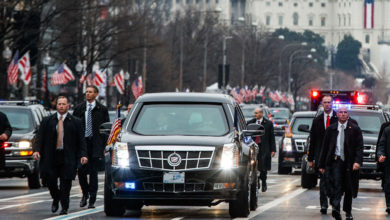Podcast: Play in new window | Download
Have you ever wondered how the miracle of commercial flight came to be? It all began in the early 20th century. The year was 1914 and a daring flight from St. Petersburg to Tampa in Florida marked a significant milestone in aviation history. This journey which lasted a mere 23 minutes holds the title of the first scheduled commercial airline flight. Can you imagine the exhilaration of those on board? The excitement of being part of such a groundbreaking moment
As we moved into the roaring 20s, the development of commercial flight took off, quite literally. This was largely driven by government airmail contracts, a testament to how crucial aviation had become for communication and connectivity. The seeds were sown, the sky was no longer the limit and the era of commercial flight had dawned. From these humble beginnings, commercial flight was poised to take the world by storm.
As the roaring 20s came to a close so too did the era of mail planes, the jet age was about to take off. The dawn of the 1950s saw the introduction of a game-changing invention, the jet engine. This revolutionary technology promised to make the world a smaller place and it delivered. The jet engine was a powerhouse, a marvel of engineering that could propel aircraft faster and farther than ever before. Enter the Boeing 707 and the Douglas DC-8, the first commercial jetliners to grace the skies. The Boeing 707, a sleek four-engine jet took its maiden voyage in 1958, slashing transatlantic flight times and making the world just a bit smaller. Hot on its heels was the Douglas DC-8, another stunning example of jet-powered innovation. These jetliners were not just faster, they were symbols of luxury and prestige. They represented the future, a future where distance was no longer a barrier to travel.
Air travel was no longer just a means to an end, it was an experience, a journey to be enjoyed. This was the golden age of air travel, spanning the 1960s and 70s. During this time, flying was more than just a way to get from point A to point B, it was an event, a luxury experience. The cabins were spacious and comfortable, the service was impeccable, and the meals were gourmet. Passengers dressed in their finest clothes and the flight crew were revered as celebrities. It was an age of glamour and sophistication, where the journey was just as important as the destination. However, this era was not just about luxury and convenience, it was also a time of intense competition among airlines as they vied to offer the most lavish amenities and the fastest flight times. This competition drove innovation and progress, paving the way for the modern aviation industry we know today. But as we know, all that glitters is not gold, the golden age couldn’t last forever. The glitz and glamour of the golden age gave way to a new era of commercial flight, one focussed on accessibility and efficiency.
As we stepped into the 1970s the introduction of jumbo jets, specifically the Boeing 747, revolutionised air travel. This behemoth of the skies with its distinctive hump and four-engine layout was a game changer. It drastically increased passenger capacity, making air travel more accessible to the masses and changing the face of tourism forever.
In the wake of the jumbo jet, the 1980s saw another seismic shift in the industry with the de-regulation of airlines. This was a time of increased competition among airlines leading to lower prices and the rise of budget airlines. Air travel was no longer the exclusive domain of the elite. It became a commodity, an accessible means of transport and a symbol of a globalised society.
As we moved into the 21st century, the focus shifted once again. This time the spotlight was on sustainability and fuel efficiency. The aviation industry had to answer for its carbon footprint. Newer, more fuel-efficient planes began to take to the skies. Innovations like the Boeing 787 Dreamliner and the Airbus A350 introduced us to an era where aerodynamics, fuel efficiency and reduced emissions were the new benchmarks of success. The industry’s commitment to sustainability continues to this day, with a push for greener fuels, more efficient engines and even electric planes. The goal is clear, to make air travel sustainable and environmentally friendly without compromising on accessibility and efficiency. From a 23-minute flight across a Florida bay to intercontinental journeys in mere hours, commercial flight has truly changed the world. Who knows where we’ll go next?
Podcast: Play in new window | Download





